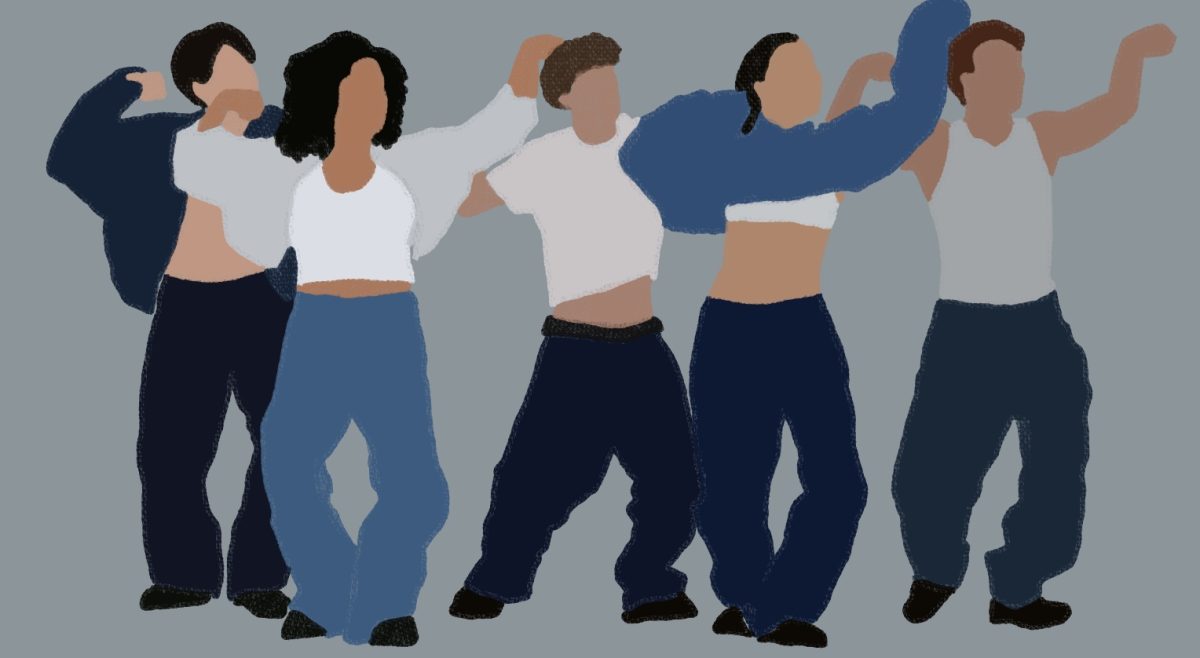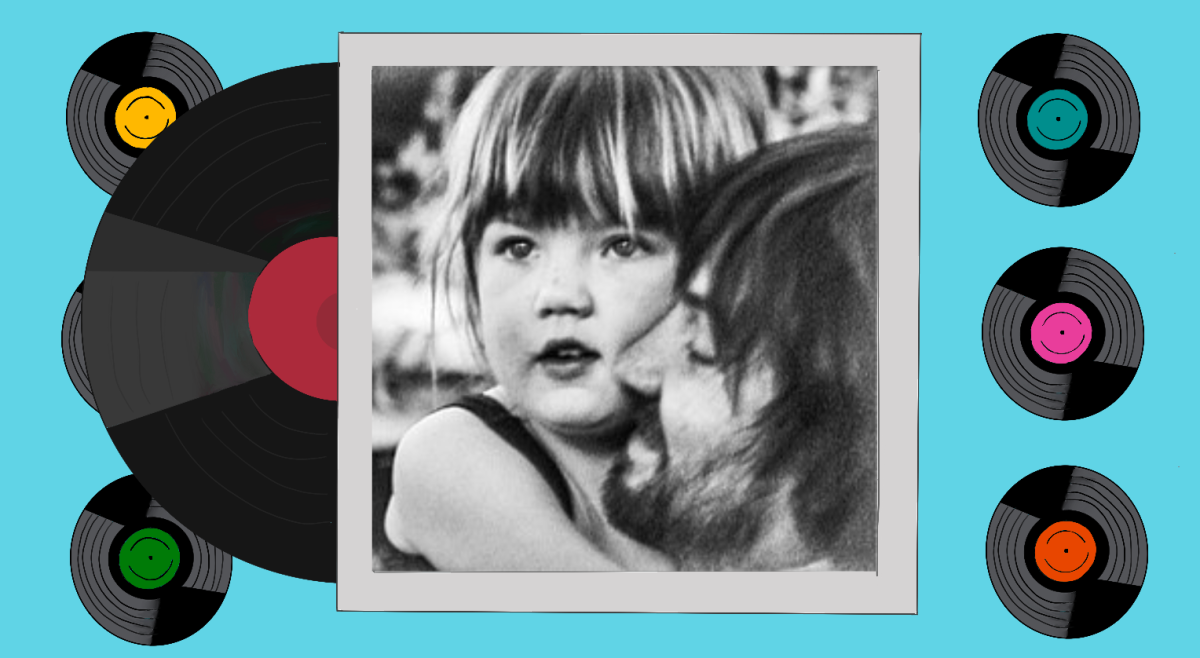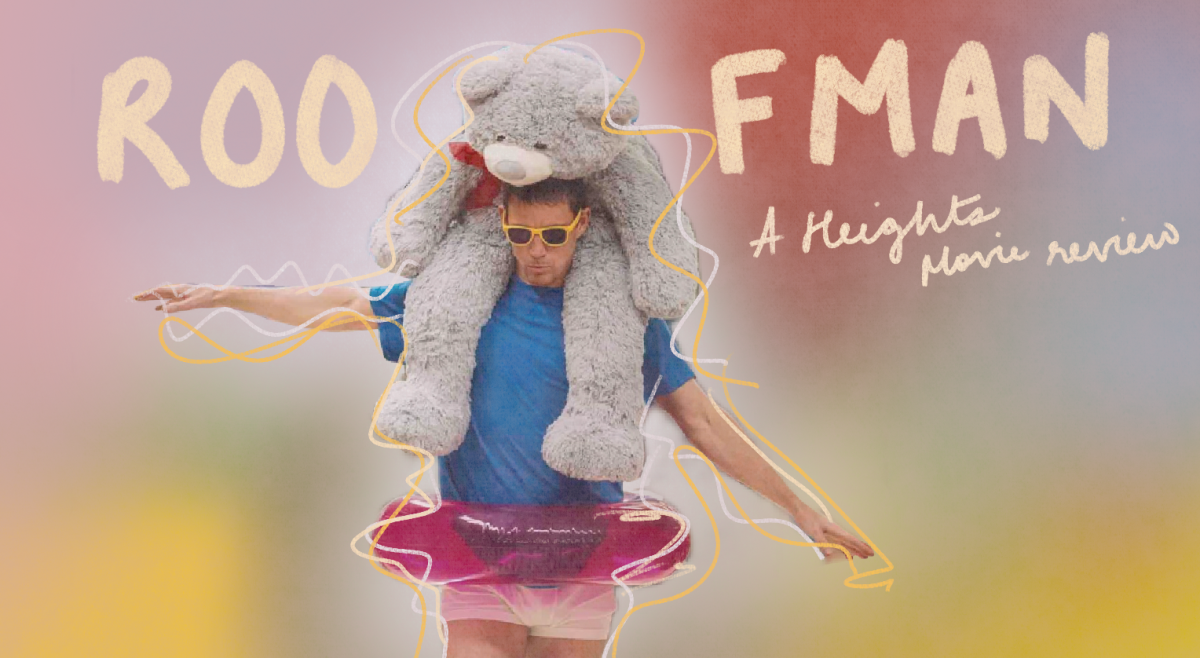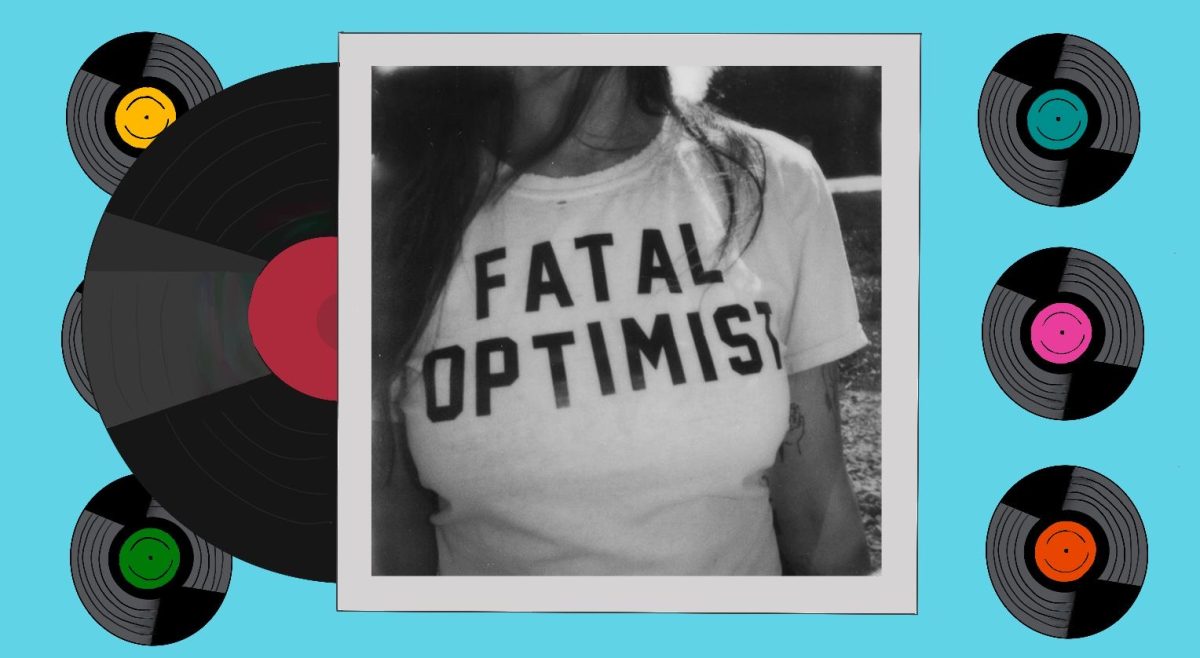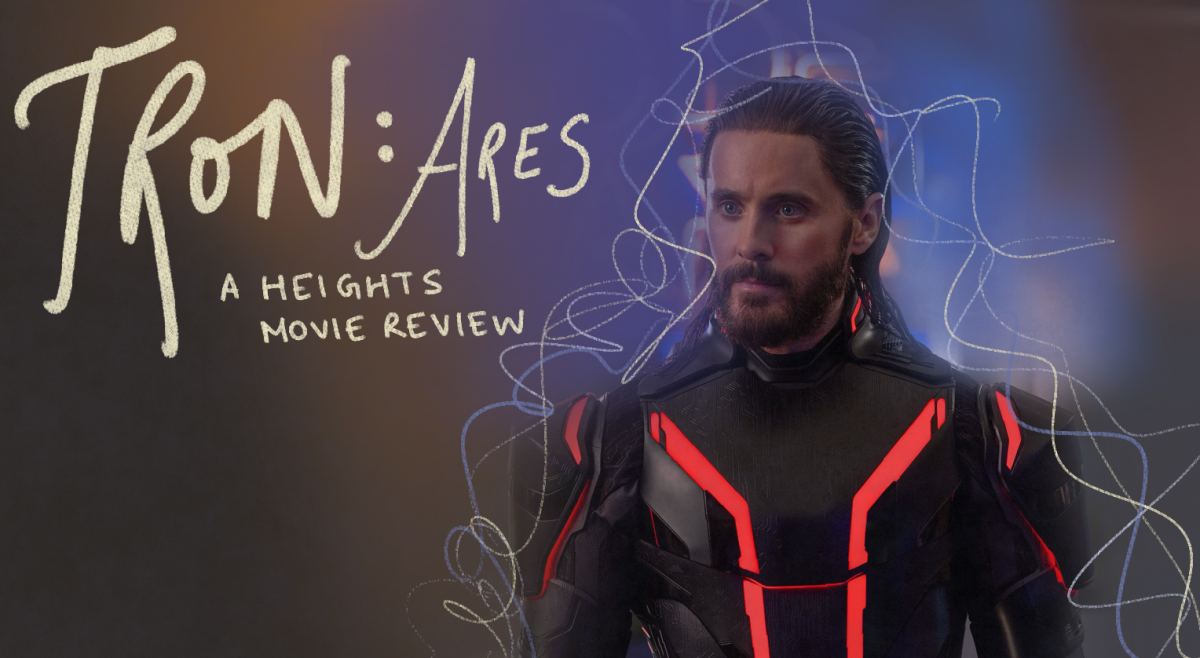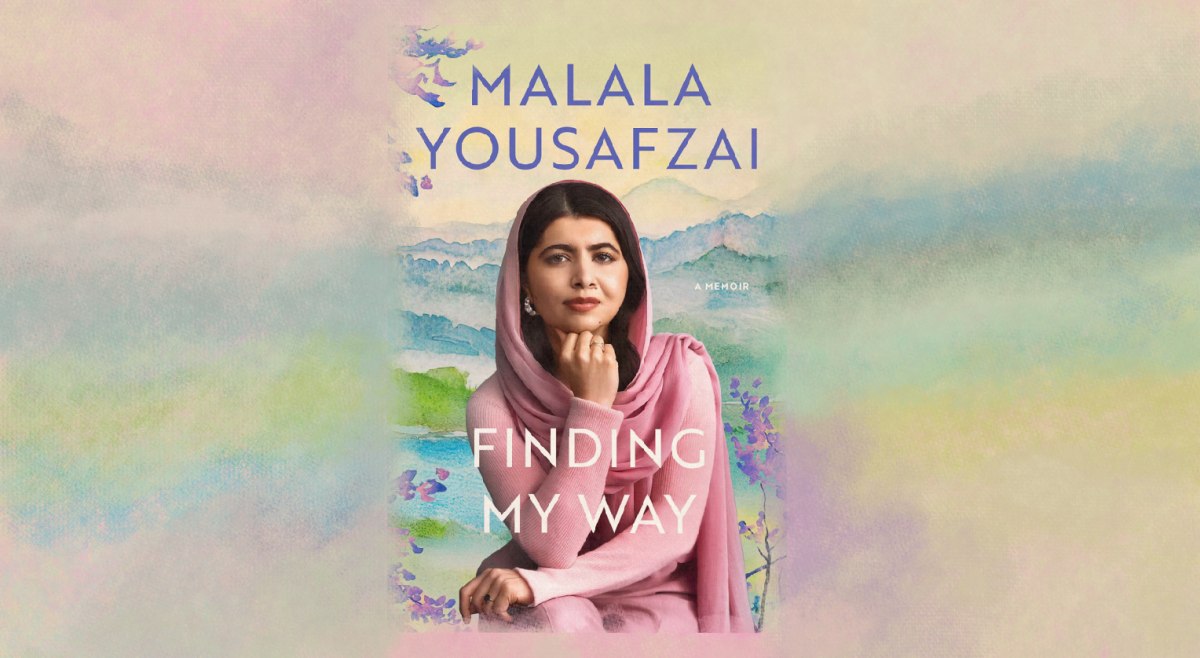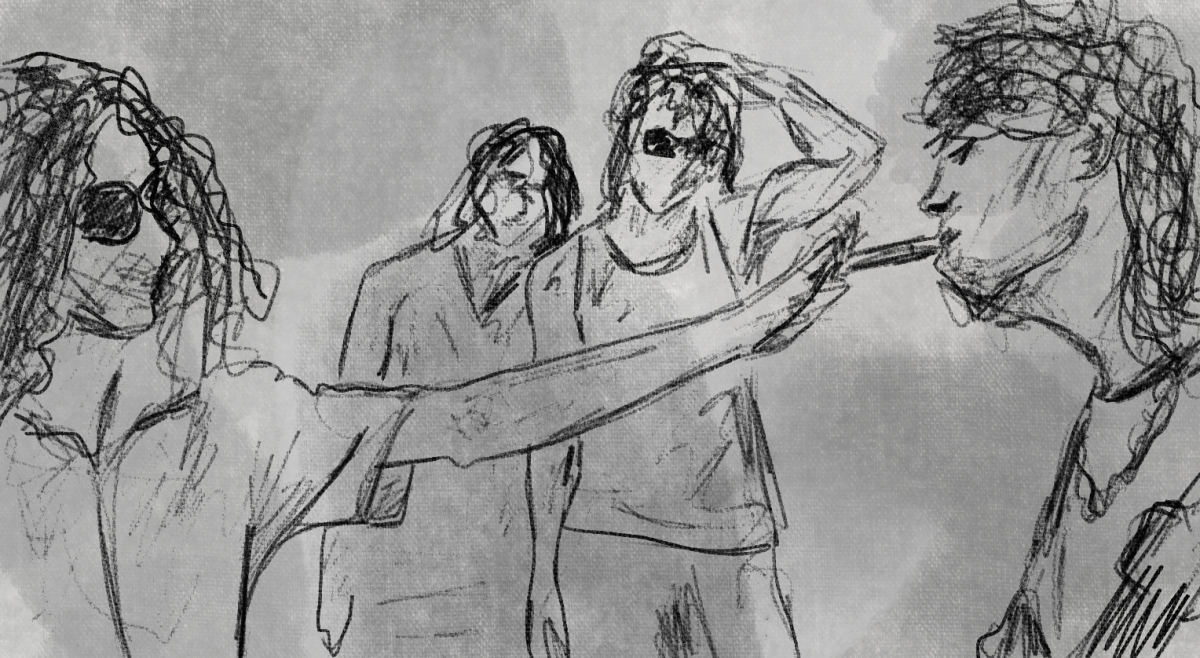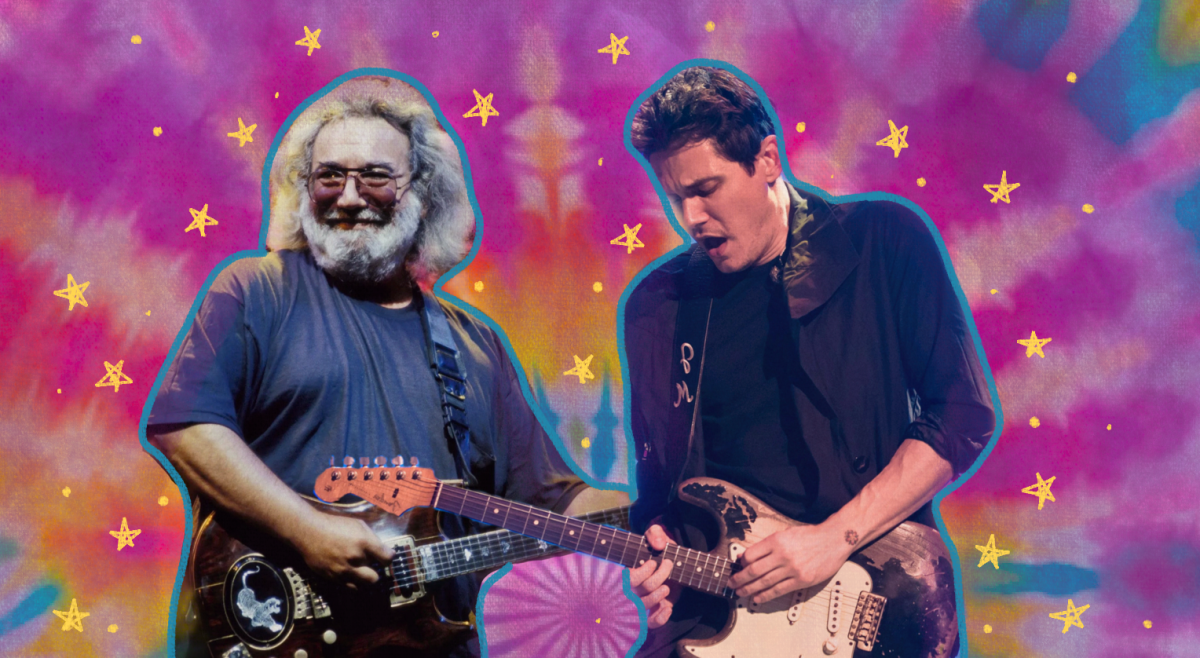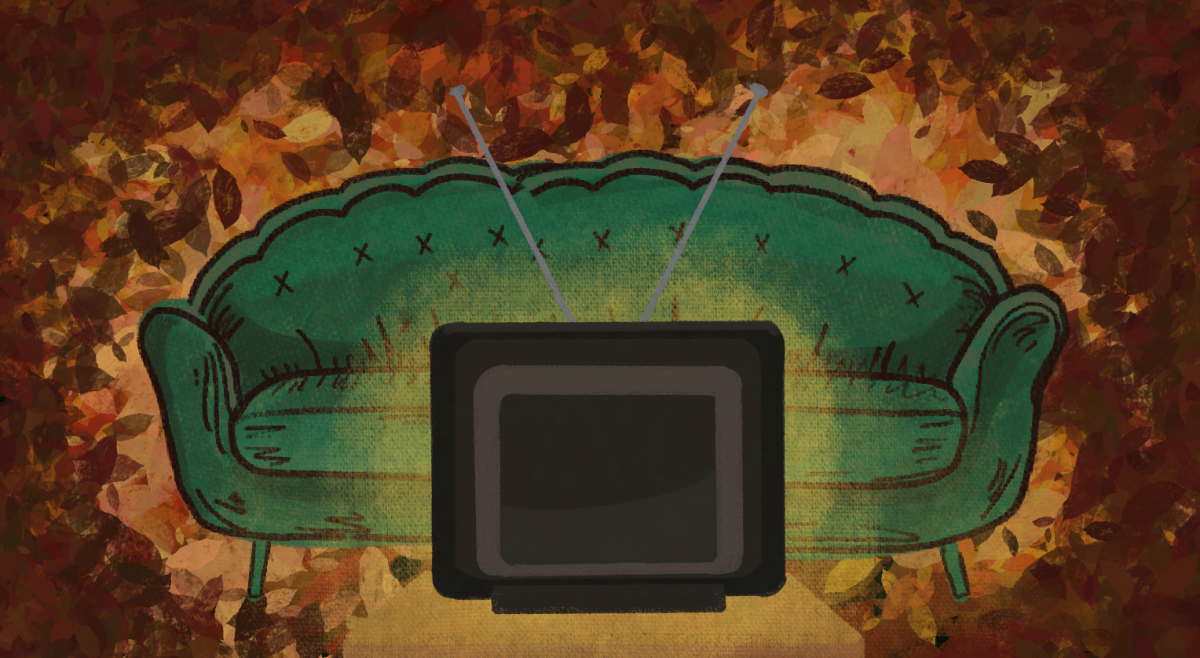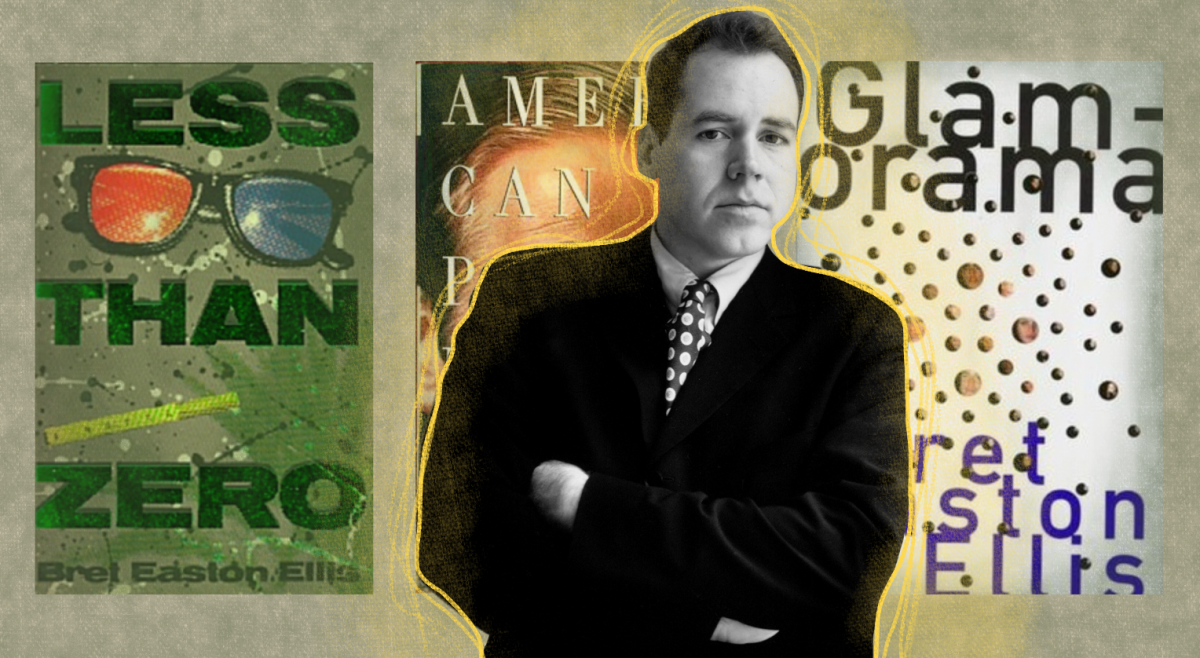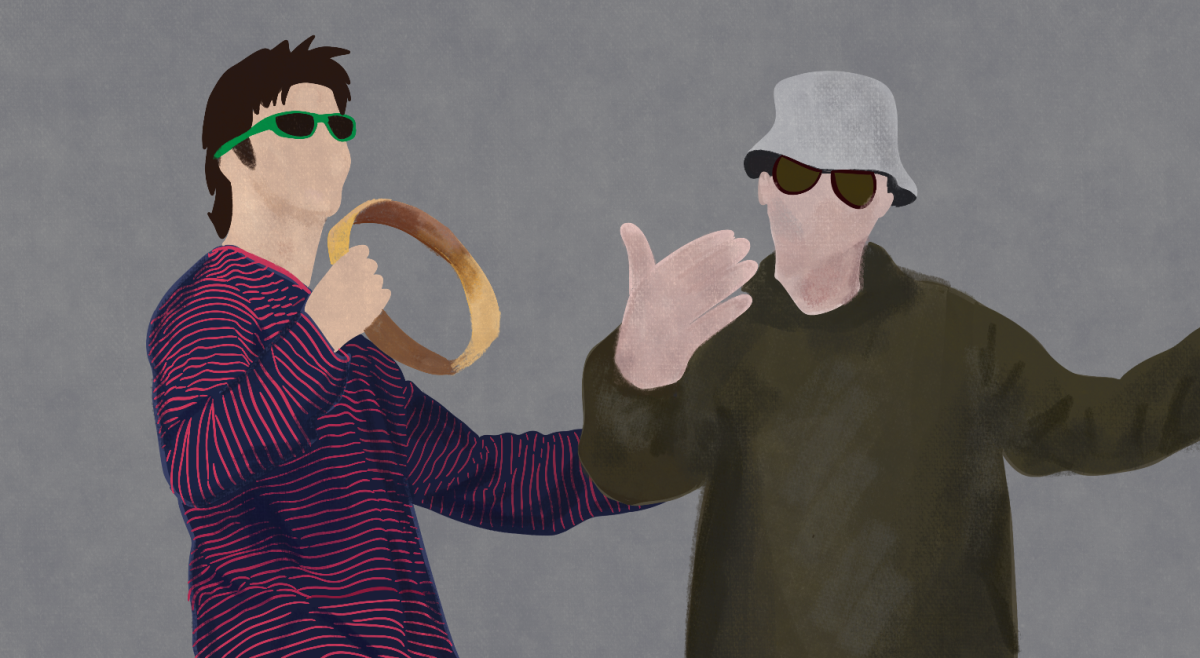Every era has its medium. And in 2025, movement seems to speak the loudest.
Over the past year, a well-placed dance sequence has become the most coveted form of expression, and dancers are the most sought-after talent.
To the average dancer, movement has always been the premium tool to turn an ordinary campaign into an iconic internet moment. But how exactly did it finally step out of the background and into the spotlight?
The answer lies in virality. Social media has long dictated the pulse of advertising, and choreography slips seamlessly into that rhythm. Dance is easy to clip, share, and replicate, booming itself into trends.
The smartest campaigns this year didn’t rely on shock value or celebrity cameos—they relied on eight counts. Brands tapped into the viral power of using dance as a universal language and turned it into cultural currency.
Dance is a tool that is both visually arresting and universally understood. It transcends language barriers, putting words and emotions into passionate movement of the mind and body that are quicker to understand than any image or script.
The current leader in this approach has to be Gap. Once known for its early 2000s dance ads, Gap has returned to position itself at the center of this wave. In an article for The Drum, Erika Everett, head of marketing, explained how returning to their musical heritage is part of Gap’s broader strategy to reinvigorate its brand.
The return came in Spring 2024, when Gap partnered with Jungle to reimagine their “Back on 74” choreography for the Linen Moves campaign, and the world went crazy. Using South African singer Tyla as the ad’s main dancer, Gap was able to take that viral moment into the Gap universe.
From there, the brand’s campaigns have leaned on choreography to do the talking. Gap partnered with Troye Sivan on the Get Loose campaign, a moody, fluid ad that let dancers move through Thundercat’s “Funny Thing.” From every angle, dancers channeled the song’s emotions, textures, and rhythms, giving the viewer goosebumps.
On their most recent venture, Gap partnered with global sensation KATSEYE on their Better in Denim Campaign. The bold performance leaned into K-pop choreography, serving high-fashion styling with movement.
Choreographers like Robbie Blue and Sérgio Reis bring the brand’s vision to life. Watching Gap feels authentic and artful in a way that ads haven’t in years, showcasing how movement really is the universal language of the soul.
Through partnerships with culturally relevant musical talent, Gap has become the blueprint for originality and relevance.
Creative directors are catching onto the fact that movement is the future. In a media landscape overflowing with words and noise, dance cuts through like a sharp knife. It demands attention in a way that feels intimate, where you feel it before you understand it.
Instead of dissecting the clothing pieces or the brand slogans, people are solely focused on the choreography. The cycle of reposting clips, tagging dancers, and recreating routines seems to be never-ending.
As a result, the impact of dance spreads organically because the movement resonates.
Rather than hyper-edited commercials, creative direction is returning to what feels like true authenticity. Having an amazing choreographer has become just as relevant as casting a supermodel once was.
Dancers, who were once sidelined, are stepping into visibility as the creators of these viral moments. Their precision, creativity, and storytelling are finally being credited as the driving force.
The dance movement has not only expanded into traditional advertising—American singer Tate McRae has differentiated herself in the music industry through her jaw-dropping dance skills.
As the pop star of the moment, McRae uses dance-heavy staging in her performances that double as iconic moments for fashion partnerships. She has been featured in campaigns like Rhode’s Lip Peptide, Skims’ holiday campaign, and the Adidas Lightblaze sneakers, showcasing dance moves that make her a standout talent in the industry.
The ripple effect of this upcoming trend is already visible. As these choreography-centered campaigns continue to dominate, other smaller brands will follow. Dancers will continue to gain cultural capital, and dance might even become the new default format for campaign launches.
Like a sudden realization, dance brings attention back to the power of craft and invites us into the moment. It taps into raw energy in a way that other forms of entertainment are limited and gives the audience a refreshing feeling of collective expression.
In a world that is incredibly extensive and complex, it is inspiring to see dance become so central in this generation’s identity. The resurgence of dance isn’t just about marketing—it’s about movement reclaiming its role as one of humanity’s most powerful storytelling tools.

